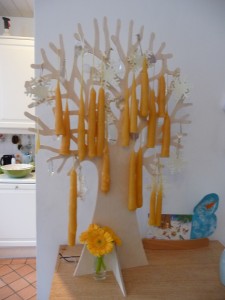 As of today, our blog is hosted by a ‘green’ web host. Unfortunately, that means that we have to change web addresses and that our blog will from now on not be updated on this address anymore.
As of today, our blog is hosted by a ‘green’ web host. Unfortunately, that means that we have to change web addresses and that our blog will from now on not be updated on this address anymore.
This is the new address of our blog: www.consumelessforayear.com.
For some readers, this might also mean that they have to renew their subscriptions to our blog. You will know if this is necessary by checking whether you have received a notification of our first post on our new blog addres titled “New host, new URL, new look, more sustainable blog”. If you haven’t received such a notification, please visit our new address and subscribe to our blog again. Sorry for the inconvenience!
Vanaf vandaag wordt onze blog gehost door een ‘groene’ webhost. Helaas betekende dit dat we ook ons webadres moesten veranderen en dat onze blog vanaf nu niet meer op dit adres wordt bijgewerkt.
Dit is het nieuwe adres van onze blog: www.consumelesforayear.com.
Voor sommige lezers betekent dit dat ze zich opnieuw moeten abonneren op onze blog. Om te weten te komen of het nodig is je opnieuw te abonneren, kun je controleren of je bericht hebt ontvangen van onze eerste post op het nieuwe adres. Deze post heeft de titel “New host, new URL, new look, more sustainable blog”. Als je hiervan geen bericht hebt ontvangen, dan kun je onze blog op het nieuwe adres bezoeken en je daar opnieuw abonneren. Onze excuses voor het ongemak!!





